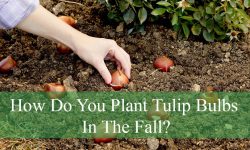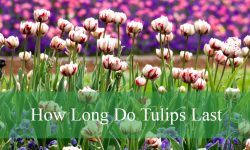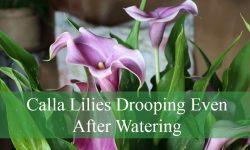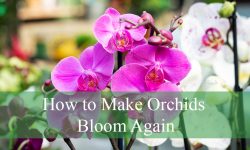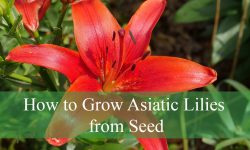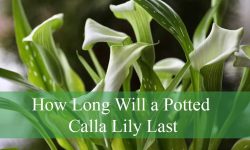Orchids are a type of flower that is known for its beauty and fragility. The orchid family is one of the largest families of flowering plants, with over 25,000 species in existence. Orchids are found in nearly every country in the world, and they come in a variety of colors and sizes.
One thing that sets orchids apart from other flowers is that they do not have an endosperm. The endosperm is a tissue that surrounds the embryo of a seed plant and provides nutrients for the developing plant. In most plants, the endosperm is absorbed by the embryo during seed germination.
However, in orchids, the endosperm remains intact and provides no nutritional value to the developing plant.
Orchids are a family of flowers that are known for their beauty and uniqueness. Unlike most other flowers, orchids do not have an endosperm, which is the nutrient-rich tissue that surrounds the embryo in seed plants. This means that orchids must obtain their nutrients from other sources in order to survive.
There are a few theories as to why orchids do not have an endosperm. One theory suggests that the loss of the endosperm may be due to a genetic mutation that occurred during the evolution of this family of plants. Another theory posits that orchids may have lost their endosperm because it was not necessary for their survival.
For example, many species of orchids grow on trees and receive all the nutrients they need from the air and rainwater.
Whatever the reason for its loss, the lack of an endosperm makes orchids a very fragile flower. They are often difficult to grow and require special care in order to thrive.
However, for those who are able to successfully cultivate these stunning blooms, they are well worth the effort!
蘭花要怎麼繁殖呢?我們來科普一下 關於蘭花的種子繁殖的關鍵 蘭菌/蘭花的科普 蘭花 「原來是這樣子」
Do Orchids Have Endosperm?
No, orchids do not have endosperm. Endosperm is a type of tissue that is found in the seeds of plants. It is used to store nutrients and help with the germination process.
Orchids reproduce using a different method called pollination. Pollination is when the pollen from the male flower fertilizes the female flower. The fertilized flower then produces a seed capsule that contains the orchid’s embryo.
What is the Function of Endosperm?
The endosperm is the tissue that surrounds the embryo in the seed of a flowering plant. It is formed from the mother nucleus and the sperm cell of the pollen grain during double fertilization. The endosperm provides nourishment to the developing embryo.
Once the embryo has germinated and begun to grow, the endosperm is used as food by the young plant.
Do Orchids Produce Seeds?
Orchids produce seeds, but they do not produce fruits. The seeds are contained in a capsule that is located in the center of the flower. The capsule splits open when it is ripe, and the seeds are released.
What Happens to Endosperm in Dicots?
Endosperm is the tissue that surrounds and nourishes the embryo in the seed of a plant. In dicots, the endosperm is typically triploid, meaning it has three sets of chromosomes. This is due to double fertilization, which occurs when both the egg cell and the central cell are fertilized by sperm cells.
The resulting endosperm will have two paternal chromosomes and one maternal chromosome.
Once the seed germinates and the embryo begins to grow, the endosperm will provide nutrients for the growing plant. The endosperm will also eventually be used up by the plant as it grows and develops.
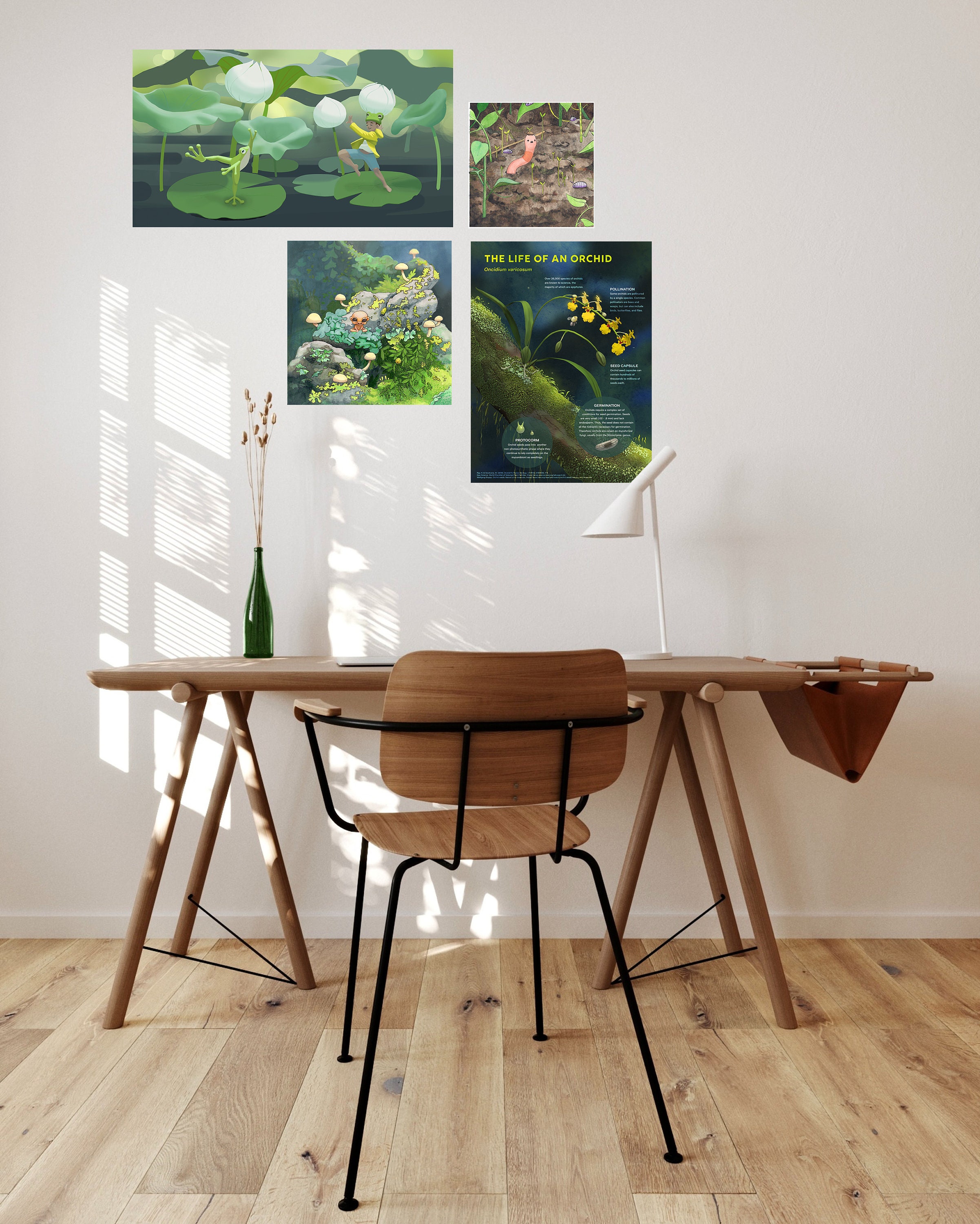
Credit: www.etsy.com
Orchid Seed
Orchids are amazing plants that come in many different shapes, sizes, and colors. Orchid seeds are very small and delicate, and they need specialized care to germinate and grow.
If you’re interested in growing orchids from seed, there are a few things you need to know.
First, it’s important to choose the right type of orchid seed for your climate and growing conditions. Second, you’ll need to give the seeds the proper amount of moisture, light, and air circulation to germinate. And finally, you’ll need patience – it can take several months for orchid seeds to sprout and grow into healthy plants.
With the proper care, though, growing orchids from seed can be a fun and rewarding experience. If you’re up for the challenge, read on for more information about how to get started!
Orchid Flower
Orchids are one of the most popular flowers in the world. They come in many different shapes, sizes, and colors. There are over 25,000 different species of orchids!
Orchids are native to tropical and subtropical regions around the world. Many people think that orchids are difficult to grow, but with a little care they can be easy to maintain. Orchids need bright indirect sunlight and well-drained soil.
Most orchids bloom once a year, but some may bloom multiple times throughout the year.
If you’re looking for a beautiful and unique flower for your garden, consider growing an orchid!
Protocorm Orchid
Protocorm Orchid
The Protocorm orchid is a beautiful and unique flower that is native to tropical regions. This type of orchid typically blooms in the spring and summer months, and its flowers range in color from white to pink.
The plant itself is small, usually only growing to be about six inches tall. The leaves of the Protocorm orchid are also very small, and they are a deep green color.
This type of orchid is known for being very easy to care for, which makes it a popular choice for those who are new to growing Orchids.
When watering your Protocorm orchid, be sure to water it evenly and do not let the roots sit in water for too long. It is important to fertilize your plant regularly, using a balanced fertilizer that is specially formulated for Orchids. You should also place your Protocorm Orchid in an area where it will receive plenty of indirect sunlight each day.
Conclusion
Orchids are a diverse and widespread group of flowering plants, with over 25,000 species. They are found on every continent except Antarctica, and in almost every habitat imaginable, from hot deserts to cold mountain peaks. One thing that all orchids have in common is that they do not have an endosperm.
The endosperm is a nutrient-rich tissue that surrounds the embryo in many seed plants. It provides food for the developing plant and protects it from dehydration. In most plants, the endosperm is absorbed by the growing embryo during germination.
However, in orchids, the embryo never touches the endosperm; instead, it develops inside a sac-like structure called the aril.
There are several theories as to why orchids lack an endosperm. One possibility is that their ancestors simply lost this tissue during evolution.
Another possibility is that the absence of an endosperm makes it easier for orchids to be pollinated by insects; without this bulky tissue, pollinators can more easily access the pollen and nectar inside the flower. Whatever the reason, this unique trait sets orchids apart from other plants and contributes to their incredible diversity.

